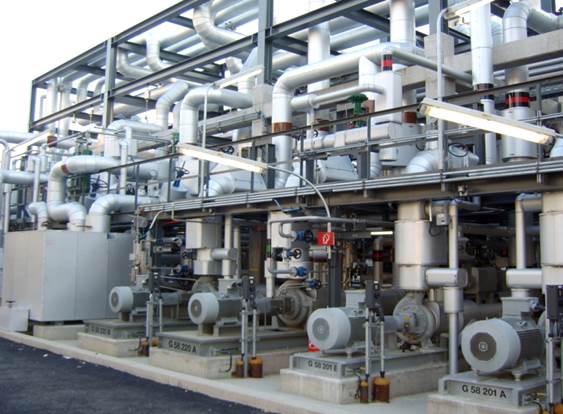A company contracted for Basic engineering design package adapts it according to the chosen scope of supply work, ranging from the delivery of key equipment to the incorporation of a complete skid-mounted unit.
Only a well qualified & experienced engineering company will be able to successfully execute detail engineering, equipment procurement, preparation of the final plant operating manuals, plant construction etc which ensures a complete delivery cycle of a basic engineering package.
For the delivery of a skid-mounted unit, assembling should take place in fabrication workshops, the documentation should focus more on ways to utilize the unit.
BEP Meetings
The engineering company’s constant contact with the owners of industrial plants is a must during the execution of the basic engineering to ensure:
- All local conditions and regulations are considered
- The necessary agreement and understanding on of industrial units chosen technologies is considered.
- Exchange of information about the actual status during basic engineering performance
Typical meetings:
- Kick-start meeting to agree on the basic data
- Intermediate meeting to present & visualize first results and agree on challenges encountered
- Meeting to present the basic engineering documentation
- A detail engineering review meeting
Both during and after the execution of a basic engineering project, the engineering company should provide several additional services that are essential to design, construct, install and run the unit.
For example:
- Supporting documentation for authorities
- Participating at HAZOP and other safety related meetings
- Support during commissioning
- Support during start-up
- Participation in performance test runs
- Support for later plant modifications involving issues like de-bottlenecking, capacity increases etc.
Basic engineering package design – Checklist
- Design Basis
- Process Description
- Equipment List
- Process Flow Diagrams and Heat & Material Balances
- Piping and Instrumentation Diagrams
- Process Equipment Data Sheet
- Instrument List
- Piping
- Control Philosophy
- Effluent stream list
List of vapor emission sources
- Composition and flow rate of process off gas and evaluation of whether this material can be sent to the hot oil heater or must be sent to a thermal oxidizer.
- Hot Oil Heater and Steam Generation Boiler characteristics, evaluation of flue gas treating requirements and definition of effluent flue gas treating system requirements
- Liquid Effluent Streams
- Solid Waste quantities and type
- By-product quantities and characteristics
Quality Assurance and Laboratory Information
Utilities Consumption
Panorama’s highly experienced engineers have extensive chemical process engineering expertise in oil and gas, refining, gasification, petrochemical, pharmaceutical and specialty chemicals.







Recent Comments